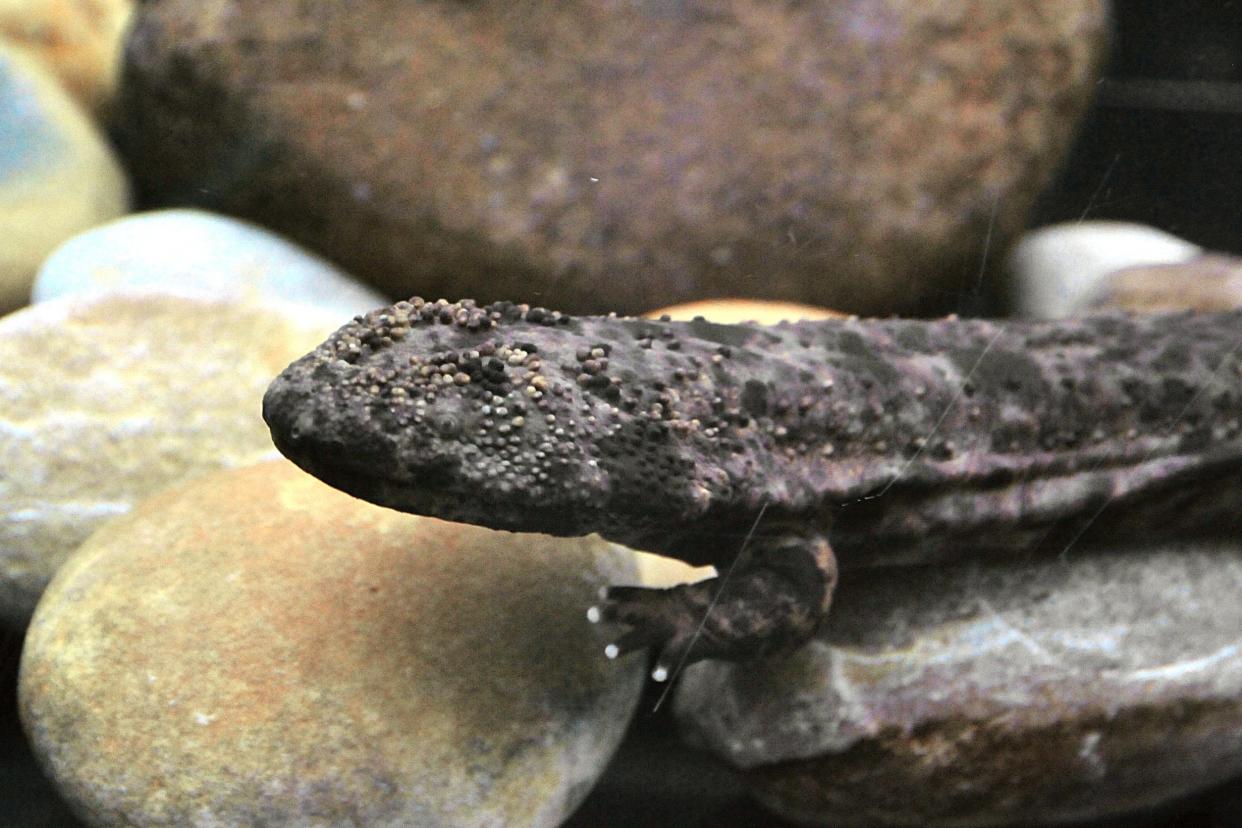Chinese giant salamander: World's largest amphibian facing extinction due to growing demand for exotic delicacies

The world’s largest amphibian, the Chinese giant salamander, has been pushed to the brink of extinction in the wild, according to a new study.
The ancient creatures, which date back 170 million years, have all but disappeared from their traditional freshwater habitats.
Their decline has been blamed on their growing status as an exotic delicacy in China. They are routinely harvested from the wild to stock breeding farms before being sold to luxury restaurants.
Describes as a “living fossil”, the Chinese giant salamander is now seen as a global conservation priority.

Dr Samuel Turvey, a member of the research team from the Zoological Society of London (ZSL), said: "The over-exploitation of these incredible animals for human consumption has had a catastrophic effect on their numbers in the wild over an amazingly short time-span.
"Unless co-ordinated conservation measures are put in place as a matter of urgency, the future of the world's largest amphibian is in serious jeopardy."
The Chinese giant salamander is already categorised as critically endangered in the International Union for Conservation of Nature (IUCN) Red List of Threatened species.
China officially prohibits the harvesting of wild giant salamanders, but supports widespread releases of farmed animals as a conservation measure.

 Yahoo News
Yahoo News 
